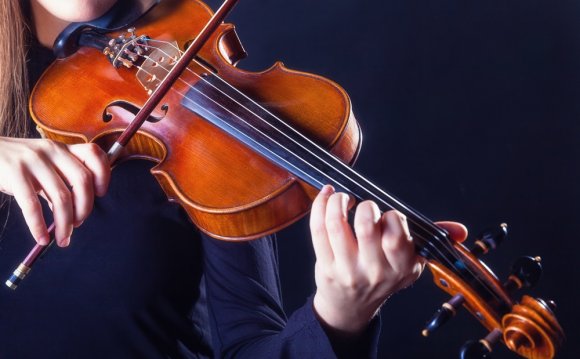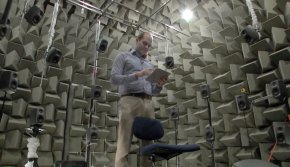
 How well does a speaker operate in a given area? That real question is way more complicated than you possibly might believe. Not just do speakers perform in a different way in options with different surfaces, shapes and fixtures, nonetheless it works out that humans are pretty bad at comparing those diverse acoustic environments. Faced with more than two choices, our minds are merely struggling to maintain the special noises of each and every at heart.
How well does a speaker operate in a given area? That real question is way more complicated than you possibly might believe. Not just do speakers perform in a different way in options with different surfaces, shapes and fixtures, nonetheless it works out that humans are pretty bad at comparing those diverse acoustic environments. Faced with more than two choices, our minds are merely struggling to maintain the special noises of each and every at heart.
However in the basement of a Danish college, that problem vanishes into nothing — as a result of a new system that may precisely replicate the noises of any room. With the aid of 43 speakers, a specially created room and a unique method of tracking and reproducing sound, scientists can now make their lab echo any environment on Earth, from gigantic concert halls to the claustrophobic interiors of automobiles.
“We wished to you will need to deliver real world to the lab, ” says Neo Kaplanis, an audio researcher and PhD pupil at Aalborg University, where the lab is based. Kaplanis is a Tonmeister — a sound recording expert — that is also employed by Bang & Olufsen, the high-end presenter maker. (although lab had been come up with along with the organization, its work is not proprietary.) For his PhD task, he made a decision to handle a problem which has had stumped the sound world since speakers had been designed.
The issue comes from sound waves’ tricky tendency to fill a space three-dimensionally. Because they consist of waves that vacation from a specific source into room, they encounter loads of hurdles because they get. Once the power of each and every wave travels, it strikes air, after that bumps into reflective and muffling surfaces. That’s why just high-end cars have top-of-the-line speaker systems — it simply costs a lot to test speakers in the cars by themselves repeatedly.
Despite advances in headphones, these small products are nevertheless not capable of reproducing the spatial environment of noises which come from far-away and very close. Similarly, earphones can’t transfer the actual experience of bass frequencies that, when played through regular speakers, reverberate for the human body.
But the Danish lab comes armed with a multi-microphone variety and a fresh particular tracking — one that takes some sort of acoustic fingerprint of a place since it records noises. The recordings don’t just capture sounds but record where sound reflections come from within an area. Kaplanis additionally designed a computer program that plays back noises from those exact places in an anechoic, or sound absorptive, area.
“You can reproduce the sound field into the system, ” explains Kaplanis. “The quality of sound is really real.” When people visit the lab and enter, they are doing therefore without help of sight or framework, so their minds trick them into thinking that they’re in the style of room re-created by the speaker array and computer system system. “When I recorded areas we knew currently, it believed similar to the real thing.”
It’s hard to imagine, however for listeners, the cellar lab may become something from a massive cathedral to a romantic area. Consider it as sound plus area — a personal experience that’s immersive as well as unsettling every so often. It is possible to hear some examples here.









